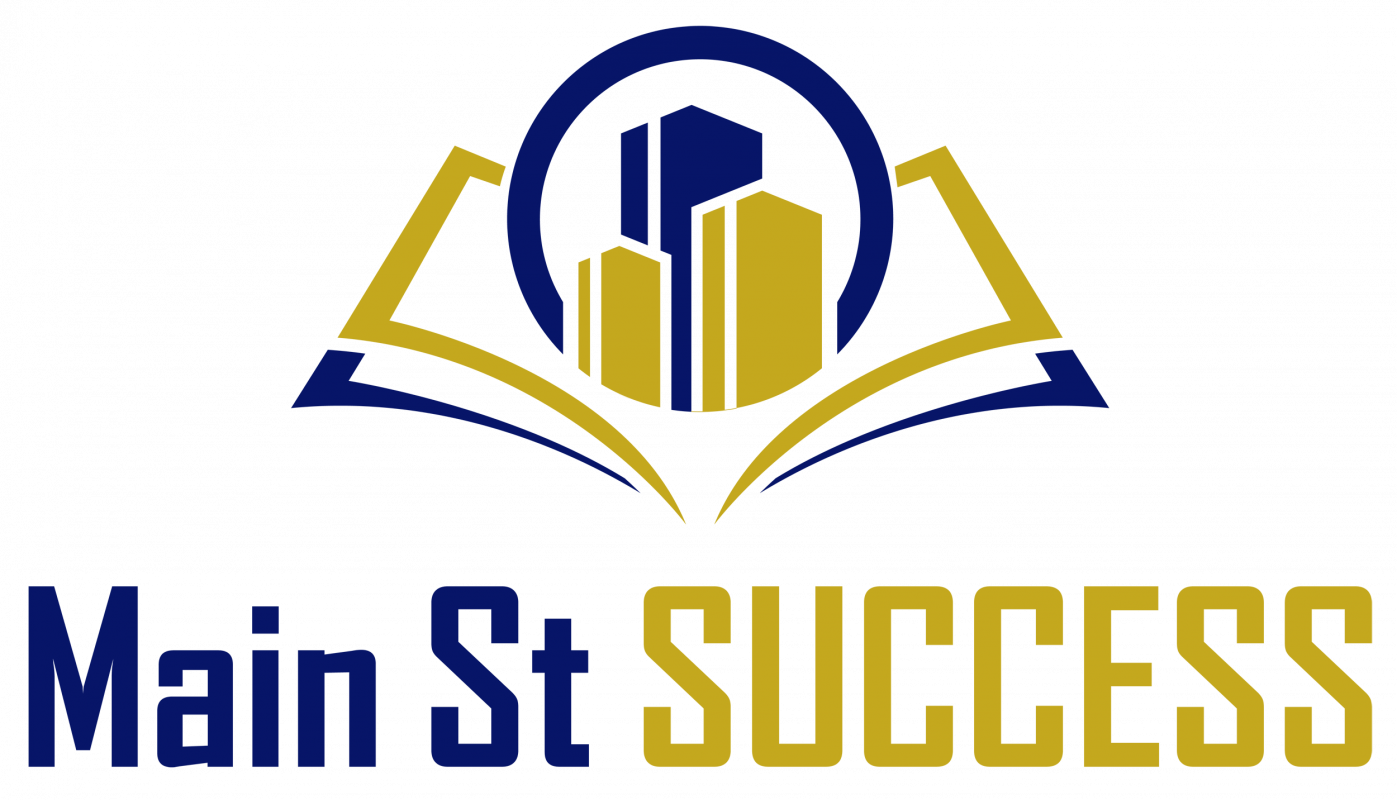Blog
The Hidden Costs of Homeownership: What New Buyers Should Know
Buying a home is a monumental milestone, often seen as a dream come true. However, many first-time buyers are caught off guard by the hidden costs of homeownership that go far beyond the down payment and mortgage. While the excitement of owning a home is undeniable, understanding the full financial picture is key to ensuring that you’re not blindsided by unexpected expenses. In this article, we’ll break down the hidden costs of homeownership, explain what they mean for you, and offer tips on how to handle them without breaking the bank.
Property Taxes: More Than Just a Monthly Payment
When you think about owning a home, one of the first costs that likely comes to mind is the mortgage payment. But property taxes are another major cost that new homeowners often overlook. Property taxes are calculated based on the value of your home and can vary greatly depending on where you live. Some states or municipalities have higher tax rates, and those costs can significantly add to your monthly expenses.
Tip:
To prepare for property taxes, check the local tax rate and ask the seller for information on past property tax bills before buying the home. This way, you can get an idea of what to expect. Additionally, consider setting aside a portion of your monthly budget in a separate account to cover property tax payments, especially if they are paid quarterly or annually.
Homeowners Insurance: More Than Just a Basic Policy
Homeowners insurance is essential for protecting your property from unexpected damage. While most buyers factor in the cost of homeowners insurance when calculating their monthly expenses, they may not fully grasp the range of coverage options or how those options can affect the premium. Depending on your home’s location, size, age, and condition, you may need additional coverage, such as flood insurance, earthquake coverage, or special protection for high-value items like jewelry or artwork.
Tip:
Shop around for insurance providers and get multiple quotes to ensure you’re getting the best deal for the coverage you need. It’s also a good idea to review your policy regularly and adjust it as necessary, particularly if you make any significant upgrades or renovations to the home.
Maintenance and Repairs: Small Fixes Add Up
One of the biggest surprises for new homeowners is the ongoing maintenance costs. Unlike renting, where the landlord is usually responsible for repairs, homeowners are on the hook for keeping everything in working order. Whether it’s a leaky roof, a broken furnace, or the need to repaint the exterior, maintenance costs can quickly add up. On average, homeowners should expect to spend around 1% of the home’s value annually on maintenance and repairs.
Tip:
To prepare for these costs, set up a maintenance savings fund. By saving a little each month, you can build up a cushion to cover unexpected repairs. Regularly inspect your home to stay ahead of potential problems. For example, clean gutters and change air filters to avoid costly repairs down the road.
Utilities: More Than Just Electricity and Water
When calculating homeownership costs, many first-time buyers overlook utility expenses. While most are familiar with monthly bills like electricity, water, and gas, homeownership often comes with higher utility costs due to factors such as the size of the home, increased usage, or outdated appliances. Additionally, some areas may charge higher fees for garbage collection or water usage.
Tip:
Before purchasing a home, ask the seller for past utility bills to get a sense of monthly expenses. Consider investing in energy-efficient appliances, weatherproofing your home to prevent drafts, and using programmable thermostats to help manage your energy consumption.
Homeowners Association (HOA) Fees: A Monthly Expense You Might Not Expect
Many homes, particularly in planned communities, come with homeowners association (HOA) fees. These fees are typically used to cover the maintenance of shared spaces like parks, community pools, landscaping, and other common areas. While HOA fees are usually not a significant amount, they can still be an added expense that you might not have budgeted for. Additionally, some communities have strict rules that might require you to make changes to your property or follow specific guidelines, which could result in unexpected costs.
Tip:
Before purchasing a home in an area with an HOA, review the HOA fees and what they cover. You should also ask to see the association’s rules and regulations to ensure they align with your preferences and lifestyle. Keep in mind that these fees can increase over time, so it’s important to budget for potential increases.
Lawn Care and Landscaping: Maintaining Curb Appeal
While the inside of your home is important, the exterior also requires care. Lawn care and landscaping can be a significant ongoing cost, especially if you have a large yard or intricate landscaping. Mowing the lawn, trimming trees, fertilizing the grass, and maintaining flower beds can all add up, particularly if you hire a professional service to do the work.
Tip:
If you’re on a tight budget, consider tackling landscaping yourself. Start small and invest in basic tools like a lawnmower, trimmer, and rake. If you prefer to hire a professional, get multiple quotes to ensure you’re paying a fair price for the service.
Home Improvement: The Desire to Renovate
After purchasing a home, many new buyers feel the urge to improve or renovate certain aspects of their property. While remodeling can increase the value of your home, it can also be expensive. Costs for home improvement projects, such as kitchen remodels, bathroom updates, or adding a deck, can quickly add up. In addition to the actual materials and labor, there might also be unforeseen costs that arise during the process.
Tip:
Plan home improvement projects carefully and prioritize them based on necessity and budget. Get multiple estimates from contractors, and always include a contingency fund in your budget to account for unforeseen costs. Don’t take on too many projects at once to avoid overwhelming your finances.
Pest Control: Unwanted Visitors Can Be Costly
Pests such as termites, rodents, and insects can cause significant damage to your home. Pest control is an often-overlooked cost of homeownership, but it’s crucial to factor in regular treatments or emergency calls to address an infestation. Termite damage, in particular, can be devastating, and many homeowners need to budget for both prevention and treatment.
Tip:
Invest in regular pest inspections and treatments to catch problems early. If you live in an area prone to pests, consider adding pest control services to your annual maintenance budget to avoid costly surprises down the road.
Remodeling and Customization Costs: Personalizing Your Space
Once you move in, you’ll likely want to make the home your own by adding personal touches. Whether it’s repainting rooms, installing new flooring, or upgrading fixtures, these customization projects can add to your expenses. While they can be fun and rewarding, it’s important to keep track of these costs to avoid going over budget.
Tip:
Set a realistic budget for remodeling and home improvement projects, and stick to it. DIY projects can save you money, but be mindful of your time and skill level. If you’re planning larger renovations, consider financing options like home equity loans or lines of credit to manage the costs.
Closing Costs: Not Just the Down Payment
Many new buyers are surprised by the closing costs associated with purchasing a home. These fees can include loan origination fees, title insurance, inspection fees, and appraisal costs. Closing costs typically range from 2% to 5% of the home’s purchase price, which can be a significant amount.
Tip:
Make sure you budget for closing costs in advance. Your lender may be able to provide an estimate of these costs early in the process, so you won’t be caught off guard when it’s time to close.
Final Thoughts
Homeownership is a rewarding experience, but it comes with financial responsibilities beyond the monthly mortgage payment. Understanding the hidden costs of homeownership is essential to preparing for a successful, long-term investment. By planning ahead, budgeting for these expenses, and staying on top of maintenance, you can enjoy the many benefits of homeownership without the financial stress. Start saving early for maintenance, plan for potential increases in costs, and make smart financial decisions to ensure your home remains a place of joy, not a financial burden.

